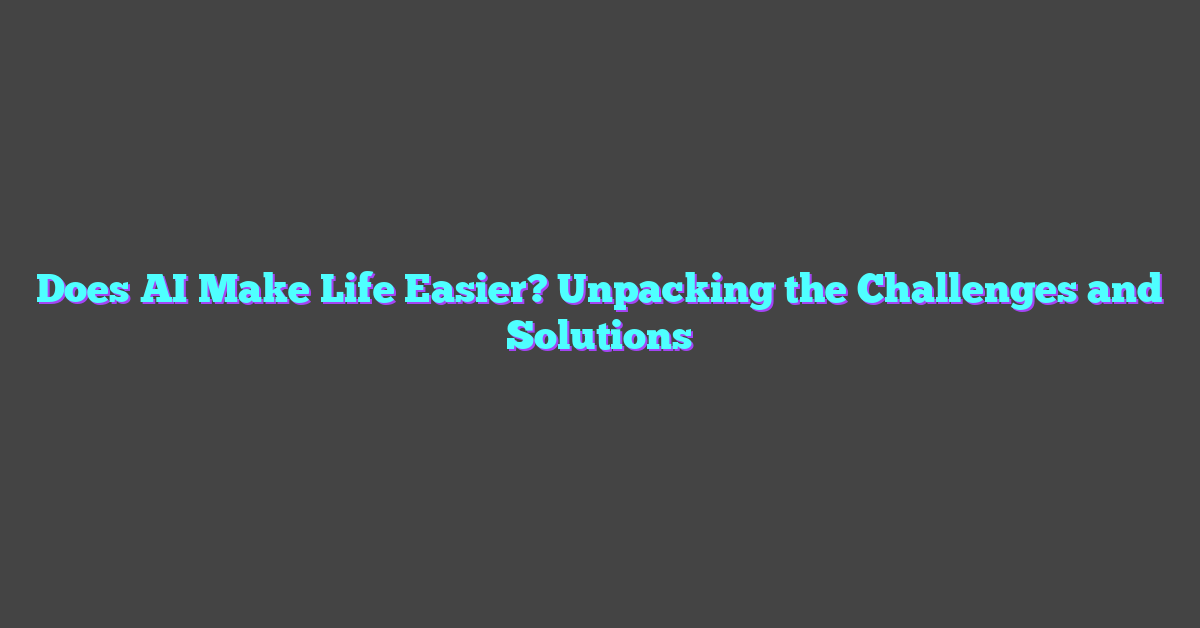In the world of machine learning, data is king. But not all data is created equal. Raw data often comes with inconsistencies and varying scales that can throw off even the most sophisticated algorithms. This is where data normalization steps in, ensuring that each feature contributes equally to the model’s performance.
Imagine trying to compare apples to oranges—quite literally—without standardizing their units. Normalization helps level the playing field by scaling features to a common range, making it easier for algorithms to process and learn from the data. It’s a crucial step that can significantly improve the accuracy and efficiency of machine learning models.
The Importance of Normalizing Data in Machine Learning
Data normalization is essential in machine learning to ensure algorithms perform at their best. Normalizing data standardizes features, allowing models to learn efficiently.

What Is Data Normalization?
Data normalization scales different features to a common range. Techniques include Min-Max Scaling and Z-score Normalization. Min-Max Scaling shrinks values to fit within a specific range, usually [0, 1]. Z-score Normalization (Standardization), on the other hand, scales data based on the mean (0) and standard deviation (1). These techniques help in preparing consistent data for machine learning models.
Key Benefits of Normalization
Normalization offers several benefits that improve machine learning models:
- Improved Model Accuracy: Algorithms like k-Nearest Neighbors or Neural Networks perform better with normalized data by minimizing the impact of feature scale differences.
- Faster Convergence: Gradient Descent-based models converge faster during training when data is normalized, reducing training time.
- Enhanced Interpretability: Normalized data simplifies interpretation by bringing all features onto a common scale, aiding both developers and stakeholders in understanding model results.
By normalizing data, machine learning models become not only more efficient but also more accurate.
Common Techniques for Normalizing Data
Normalizing data is crucial for optimizing machine learning algorithms. Three common techniques for normalizing data are Min-Max Scaling, Standardization (Z-score Normalization), and Robust Scaling Methods.
Min-Max Scaling
Min-Max Scaling transforms features by scaling them to a fixed range, typically 0 to 1. This technique uses the formula:
[X’ = \frac{X – X_{min}}{X_{max} – X_{min}}]
where (X) is the original value, (X_{min}) is the minimum value of the feature, and (X_{max}) is the maximum value of the feature. This method ensures all features have the same scale, which can enhance the performance of algorithms sensitive to feature magnitude such as k-nearest neighbors and gradient descent-based methods.
Standardization (Z-score Normalization)
Standardization, also known as Z-score Normalization, scales data based on the mean and standard deviation of the feature. The formula used is:
[X’ = \frac{X – \mu}{\sigma}]
where (X) is the original value, (\mu) is the mean of the feature, and (\sigma) is the standard deviation. This technique centers the data around zero with a unit variance, making it particularly useful for algorithms that assume normally distributed data, such as linear regression and principal component analysis.
Robust Scaling Methods
Robust Scaling Methods focus on the median and interquartile range (IQR), making them suitable for datasets with outliers. The formula is:
[X’ = \frac{X – \text{median}}{IQR}]
where (X) is the original value, the median is the middle value of the feature, and (IQR) is the interquartile range (75th percentile – 25th percentile). This method is less sensitive to outliers, making it ideal for datasets with irregular distributions and ensuring robust model performance across different data conditions.
Impact of Normalization on Machine Learning Models
Normalized data significantly impacts machine learning models. Adjusting data to a standard scale ensures models perform efficiently and accurately.
Effect on Model Accuracy
Normalization improves model accuracy by aligning features on a common scale. Unevenly scaled features may dominate the model and skew results. For example, feature values in different ranges can lead to biased coefficients in linear regression models, negatively affecting predictions. Normalized data mitigates this, enabling algorithms to weigh features equally and produce more reliable outputs. Consistent scales also help neural networks converge more effectively, leading to better performance.
Speeding Up Convergence in Gradient Descent
Normalization accelerates gradient descent optimization by harmonizing feature scales. Properly scaled features help ensure that gradient updates are balanced, preventing disproportionate step sizes in different dimensions. This balance aids in smoother and faster convergence. For instance, in a neural network, normalized input features reduce the risk of getting stuck in local minima, enhancing training efficiency and epoch reduction. Models like SVMs (Support Vector Machines) also benefit as they rely on feature distances, which are more meaningful when data is normalized.
Challenges and Considerations in Data Normalization
Data normalization enhances machine learning performance, but it introduces certain challenges and considerations.
Risk of Information Loss
Data normalization can sometimes lead to information loss. If outliers or extreme values play a significant role in the data’s overall pattern, normalization methods like Min-Max Scaling might suppress these critical points. For instance, Min-Max Scaling shifts all features into a similar range, which may diminish the impact of these outliers. This reduction might lead to models that cannot capture critical variations in the data, resulting in reduced accuracy.
Choosing the Right Method for Your Data
Selecting an appropriate normalization method depends on the data’s distribution and the specific algorithm. Standardization (z-score normalization) is suitable for data that follows a Gaussian distribution. It centers the data around a mean of zero with a standard deviation of one. This method benefits algorithms like Logistic Regression that assume normally distributed input data.
Conversely, Robust Scaling benefits datasets with outliers since it uses median and quartiles instead of mean and standard deviation. Algorithms like Support Vector Machines (SVMs) and Principal Component Analysis (PCA) often benefit from robust scaling due to its resilience to outlier influence.
Normalization is critical for gradient-based algorithms like neural networks, as normalized data speeds up convergence. Depending on the dataset and algorithm, choosing an inappropriate method may degrade performance rather than improve it. Therefore, understanding the data’s characteristics and algorithm requirements is essential for effective normalization.
Conclusion
Data normalization plays a vital role in enhancing the performance of machine learning models. By optimizing algorithms through various scaling techniques, it ensures better accuracy and efficiency. While each method has its unique benefits, choosing the right one depends on the data’s characteristics and the specific algorithm used. Despite the challenges, the advantages of normalization far outweigh the risks, making it an essential step in any machine learning workflow. By carefully normalizing data, practitioners can unlock the full potential of their models and achieve more reliable results.
Frequently Asked Questions
What is data normalization in machine learning?
Data normalization is a preprocessing technique used to scale numerical data to a standard range. This helps machine learning algorithms perform better, improving the model’s accuracy and efficiency.
Why is data normalization important for machine learning algorithms?
Normalization is crucial because it ensures all features contribute equally to the model, improving accuracy, efficiency, and the convergence rate of gradient descent optimization.
What are the common techniques for data normalization?
The most common normalization techniques are Min-Max Scaling, Standardization, and Robust Scaling. Each method has specific advantages based on the data distribution and the requirements of the machine learning algorithm.
When should I use Min-Max Scaling?
Min-Max Scaling is useful when you want to scale data to a specific range, usually [0, 1]. It is suitable for data that does not have significant outliers.
What is Standardization in data normalization?
Standardization scales data to have a mean of 0 and a standard deviation of 1. It is particularly useful for data that follows a Gaussian distribution (bell curve).
When is Robust Scaling preferred?
Robust Scaling is preferred for datasets with significant outliers. It uses the median and interquartile range for scaling, making it less sensitive to outliers.
What are the challenges in data normalization?
Challenges include the risk of information loss and the need to choose the right normalization method based on the data’s distribution and the specific algorithm requirements.
How does normalization affect gradient descent optimization?
Normalization improves the convergence rate of gradient descent optimization by ensuring that the data is scaled, allowing the algorithm to learn more efficiently and accurately.
Can data normalization degrade machine learning performance?
Yes, if the wrong normalization method is chosen, it can degrade machine learning performance. It is essential to select the appropriate normalization technique based on your data characteristics and the algorithm being used.
Is Standardization always the best method for normalization?
No, Standardization is best for Gaussian-distributed data. The ideal normalization method can vary depending on the dataset and machine learning algorithm used.
What is the role of normalization in machine learning performance?
Normalization plays a critical role in enhancing machine learning performance by ensuring that each feature contributes equally to the model, improving both accuracy and efficiency.




